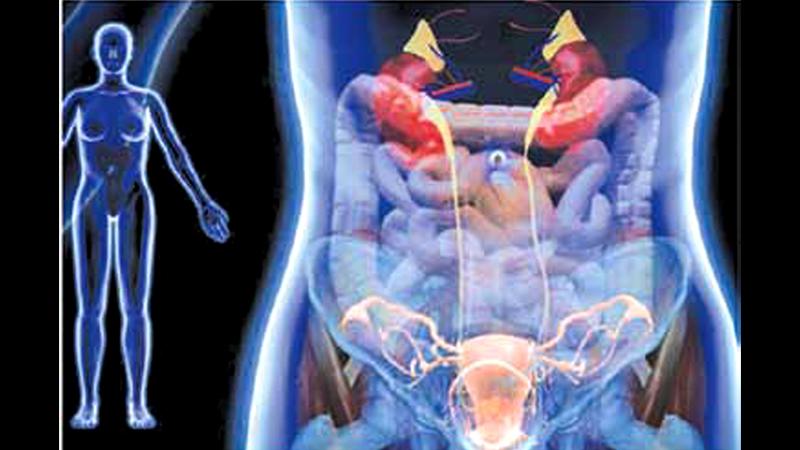
 Pelvic pain is felt below the umbilicus (belly button) above the legs meeting the pelvis. It may come on suddenly. It could be a mild or severe pain, and can last for long periods. Pain can be constant or episodic. Pelvic pain is more common in females and the treatment can be challenging and frustrating for the patient and the doctor.
Pelvic pain is felt below the umbilicus (belly button) above the legs meeting the pelvis. It may come on suddenly. It could be a mild or severe pain, and can last for long periods. Pain can be constant or episodic. Pelvic pain is more common in females and the treatment can be challenging and frustrating for the patient and the doctor.
See a doctor as soon as possible if you’re experiencing pelvic pain.
Two types of pelvic pain
- Acute pelvic pain
- Chronic pelvic pain
Acute pelvic pain
Pelvic pain that comes on suddenly for the first time is called acute pelvic pain.
See a doctor or a suitable specialist immediately if you have acute pelvic pain. They will investigate the cause and arrange any treatment you may need.
The most common causes of acute pelvic pain in women who aren’t pregnant are:
- An ovarian cyst – a fluid-filled sac that develops on an ovary and causes pelvic pain when it bursts or becomes twisted
- Acute pelvic inflammatory disease – a bacterial infection of the womb, fallopian tubes or ovaries, which often follows achlamydia or gonorrhoea infection and needs immediate treatment with antibiotics.
- Appendicitis – A painful swelling of the appendix (a finger-like pouch connected to the large intestine) which usually causes pain on the lower right-hand side of your abdomen (tummy)
- Peritonitis – Inflammation of the peritoneum (the thin layer of tissue that lines the inside of the abdomen); it causes sudden abdominal pain that gradually becomes more severe and requires immediate medical treatment
- A urinary tract infection – The patient probably also has pain or a burning sensation when urinating, and may need to urinate more often.
- Constipation or bowel spasm – this may be brought on by changes in diet, medication, irritable bowel syndrome or, in rare cases, a bowel obstruction.
Less common causes of acute pelvic pain include:
- A pelvic abscess – A collection of pus between the womb and vagina that needs urgent treatment in hospital
- Endometriosis– A long-term condition where small pieces of womb lining are found outside the womb, such as on the ovaries, leading to painful periods.
Chronic pelvic pain
Pelvic pain lasting more than three months or more that either comes and goes or is continuous, is known as chronic pelvic pain.
Chronic pelvic pain is more intense than ordinary period pain and lasts longer. It affects around one in six women.
See a specialist if you have chronic pelvic pain. The specialist will investigate the cause and arrange any necessary treatment.
Common causes of chronic pelvic pain
The most common causes of chronic pelvic pain are:
- Endometriosis
- Chronic pelvic inflammatory disease – A bacterial infection of the womb, fallopian tubes or ovaries, which often follows a chlamydia or gonorrhoea infection and needs immediate treatment with antibiotics.
- Irritable bowel syndrome - a common long-term condition of the digestive system that can cause stomach cramps, bloating, diarrhoea and constipation
Less common causes
- Lower back pain
- Chronic interstitial cystitis - Long-term inflammation of the bladder
- Inflammatory bowel disease (IBD) – a term used to describe two chronic conditions, ulcerative colitis and Crohn’s disease, which affect the gut
- Hernia – where an internal part of the body pushes through a weakness in the surrounding muscle or tissue wall
- Trapped nerves in the pelvic area – these may cause sharp, stabbing or aching pain in a specific area, which often gets worse with certain movements
Dr Namal Senasinghe MBBS, FFARCS, Dip in pain med, FFPMCA, CCST (UK). Consultant in Pain Medicine, London Pain Clinic, No. 31, Horton Place Colombo 7, Sri Lanka. Tel-0767155716 (hot line)
